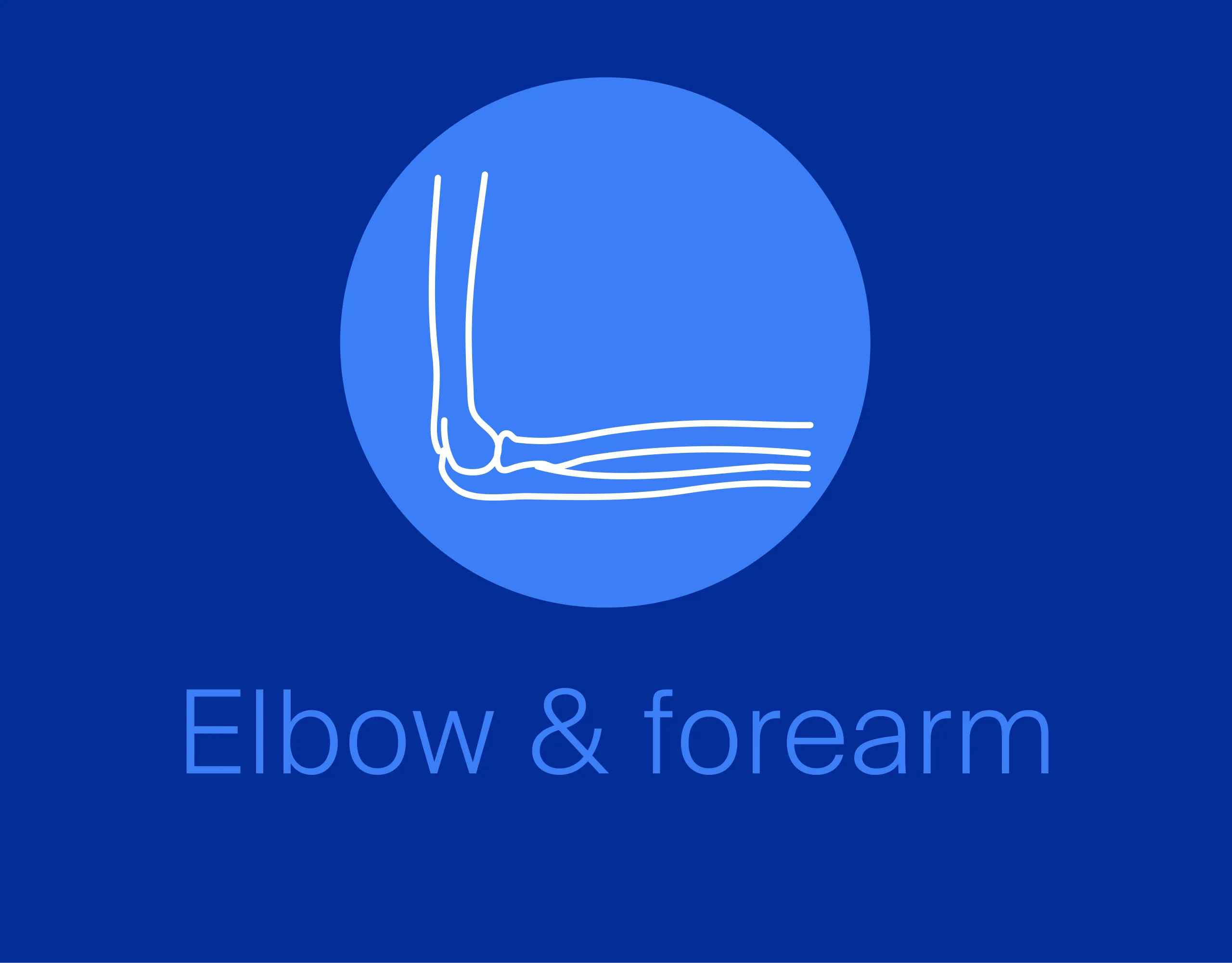ORIF - Lag screw fixation
1. Principles/Introduction
Main goal
In this procedure the main goal is to reconstruct the joint surface.
Screw selection
For this procedure the following screws are typically used:
- Conventional 3.5 lag screws
- Cannulated 3.5 lag screws
- Headless 3.0 screws
Headless screws are preferable where fixation involves inserting them through capsule or labrum.
If a headless screw is used, bicortical purchase is preferred but not required for compression.
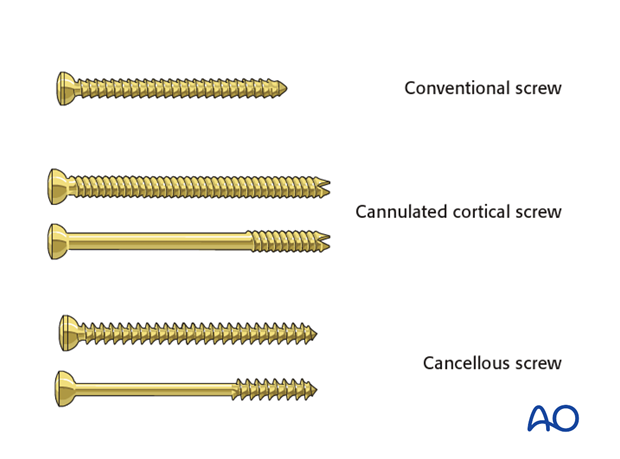
2. Patient preparation
Depending on the approach, the patient may be placed in the following positions:
3. Approach
The approach will depend on the fracture pattern.
If the transglenoid fracture line run from posterior superior to low anterior or if the fracture line is horizontal, then both the deltopectoral or dorsal approach can be used.
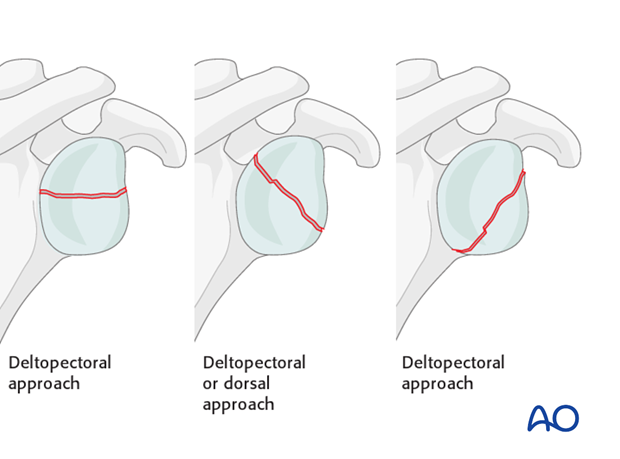
4. Reduction
Reduction of the articular surface may be facilitated by the insertion of a K-wire to be used as joystick. For this reason, we prefer to use the cannulated system and insert the K-wire in such a way that it will subsequently serve as a guide for the lag screw trajectory.
The liquid used for distension should not be under high pressure. If it is under high pressure it will drive the fragments apart and make the reduction difficult.
If a satisfactory reduction cannot be achieved by closed manipulation one must resort to an open reduction and fixation.
Whenever K-wires are used as joysticks, whether as subsequent guide wires or not, they should not be inserted trans articular.

In fractures of the glenoid where the fracture lines run obliquely, either low posterior to high anterior or from high posterior to low anterior, we can insert K-wires to be used as joysticks.
Where the fracture line is low posterior to high anterior, the joystick is inserted from anterior and may become the guide wire for the cannulated screw. Where the fracture line is high posterior the joystick is inserted from posterior.
A transverse fracture does not allow, because of its orientation, the insertion of a K-wire which can be used both as a joystick and then as a guide wire because of the inferiorly running axillary nerve.

When conventional screws are used for the fixation, care must be taken that the K-wire does not interfere with the planned screw placement.
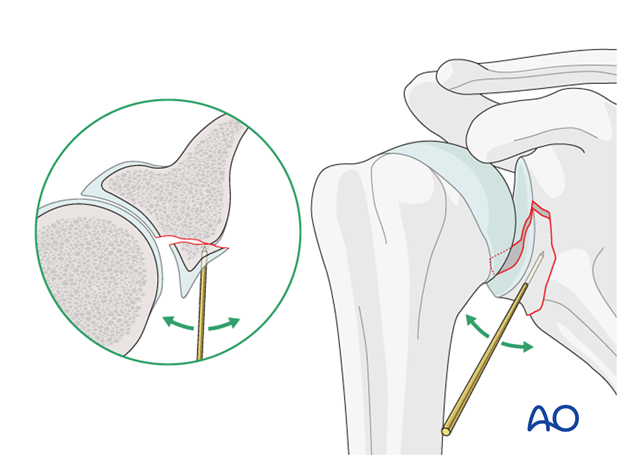
When reduction is completed, the K-wire is further inserted to temporarily fix the fracture.
Make sure that K-wires are not directed into the suprascapular notch where they can compromise the neurovascular bundle.
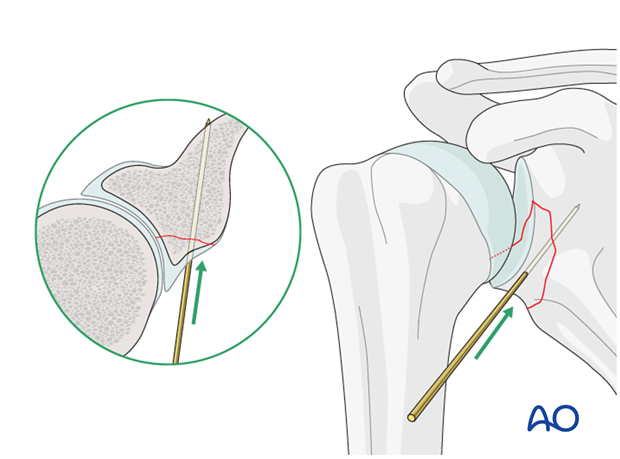
Depending on the size of the fragment, two lag screws are preferred since one does not offer rotational stability.
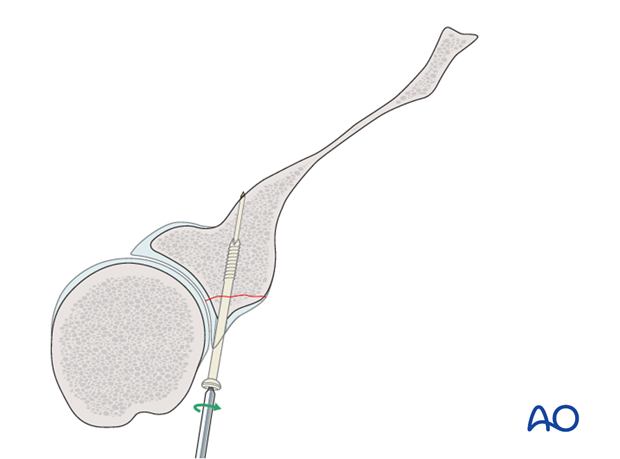
The K-wires are removed.
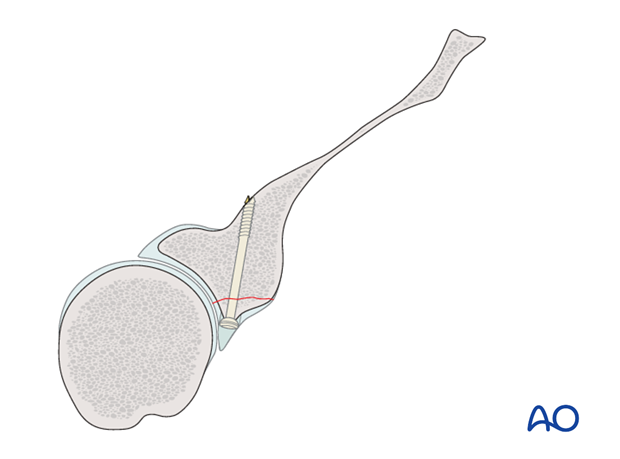
Check the position of the screws and the reduction by image intensification in the standard projections (trans-glenoid and trans scapular view). A 3D-CT scan, if available, is very useful to verify the position of the fixation devices.
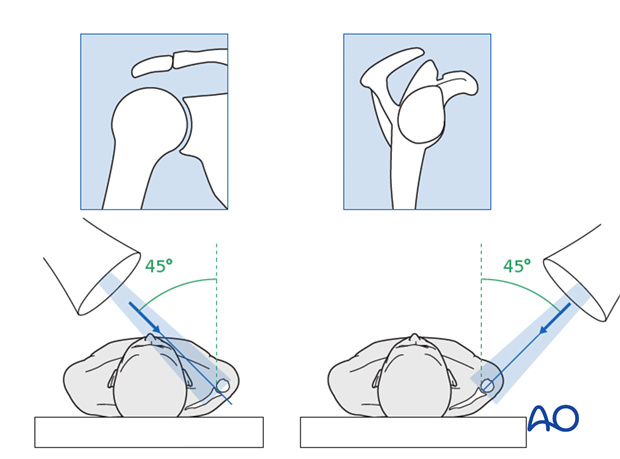
5. Aftercare
The aftercare can be divided into 4 phases:
- Inflammatory phase (week 1–3)
- Early repair phase (week 4–6)
- Late repair and early tissue remodeling phase (week 7–12)
- Remodeling and reintegration phase (week 13 onwards)
Full details on each phase can be found here.
